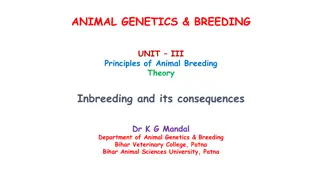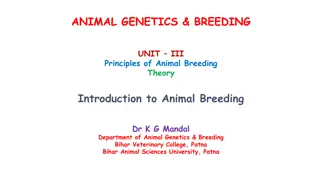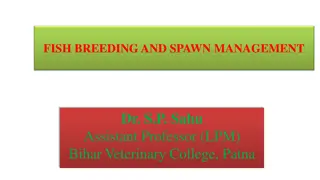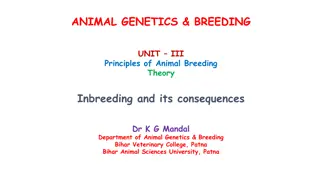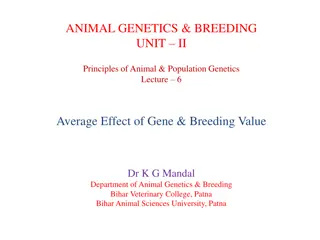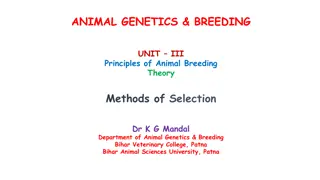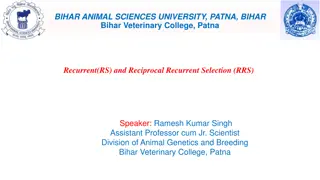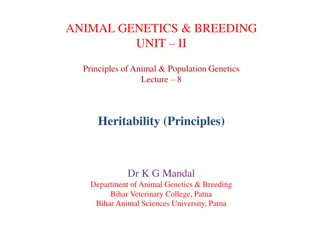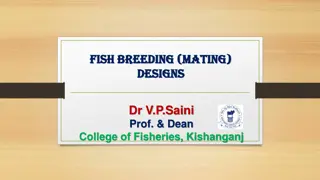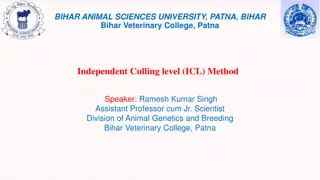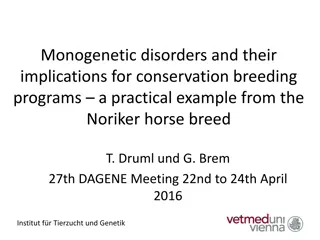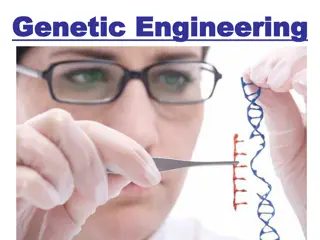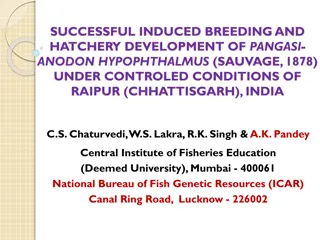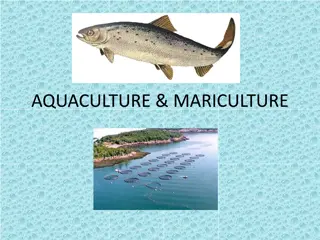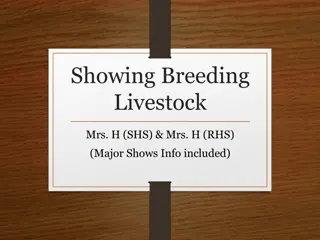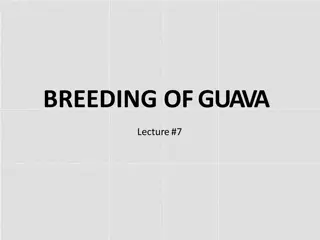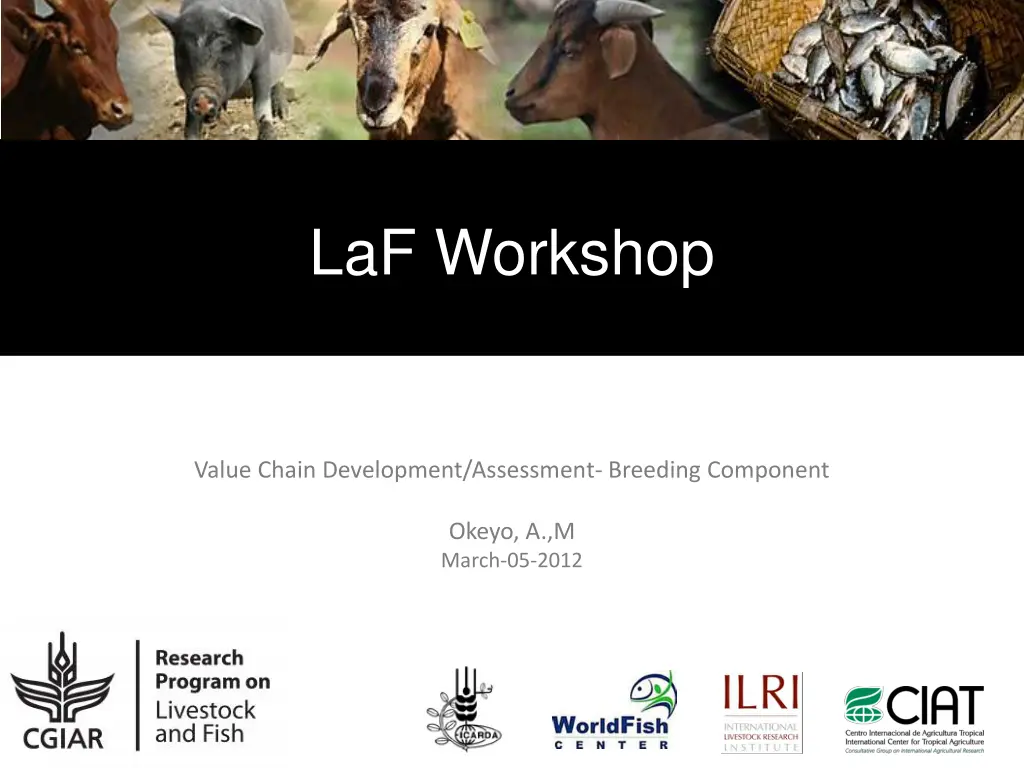
Value Chain Development & Assessment in Breeding: Key Issues & Approaches
Enhance breed types & seed stocks for farmers, evaluate key actors' roles & efficiencies, assess technical capacities, needs, constraints, and strengths. Implement an approach involving desk reviews, participatory work, simulations, and pilot-testing to optimize outcomes.
Download Presentation

Please find below an Image/Link to download the presentation.
The content on the website is provided AS IS for your information and personal use only. It may not be sold, licensed, or shared on other websites without obtaining consent from the author. If you encounter any issues during the download, it is possible that the publisher has removed the file from their server.
You are allowed to download the files provided on this website for personal or commercial use, subject to the condition that they are used lawfully. All files are the property of their respective owners.
The content on the website is provided AS IS for your information and personal use only. It may not be sold, licensed, or shared on other websites without obtaining consent from the author.
E N D
Presentation Transcript
LaF Workshop Value Chain Development/Assessment- Breeding Component Okeyo, A.,M March-05-2012
The expected outcomes 1. Better suited (more productive) breed types and seed stocks are available and being used by farmers in each of the value chains 2. Information system and functional databases that support evaluation, timely decisions and better use of the available genetics
The key issues to be assessed 1. What breed types and seed stocks are: available? being used? being demanded if different from the 2 above, by whom and why? What are the projected demand (what are the dynamics?) 2. Who are the key actors, what are their respective roles, share and how efficient are they?; any partnerships, if so what are the arrangements?: production, evaluation certification of breeding stock (efficiencies?) delivery of breeding services (AI, rams, bucks, boars, bulls etc) Are there opportunities to change strategies? Which are these? What decision support tools are available to them and how appropriate are they?
What are the key issues to assess cont.. 3. What are the relative technical or organization capacities of the key actors? 4. What are current needs, strengths & constraints technical/ technology needs (critical review of appropriateness) institutional (capacity) Knowledge management policy related organizational
Approach 1. For each VC identify & assess existing needs (technologies, organizational, policy & institutional constraints), and opportunities Desk-reviews: what is already known, what worked and what did not! Participatory- work with actors/partners to identify opportunities for immediate intervention (workshops/platforms sessions-rapid surveys etc. Simulations to find what traits/trait combination, improvement strategy options & potential progress achievable using bio-economic models 2. Simulations to assess dynamics & future production scenarios, performance (demands- technologies and environment (i.e. policies etc) 3. Pilot-testing of a few strategies, get feedbacks then fine-tuning or identify researchable areas. 4. Mobilizing additional resources (RPs, other CRPs) and seizing opportunities to provide evidence to donors, ARIs, RROs and NARS) of the benefit from technologies in ways that go beyond the VCs (GPGs)




